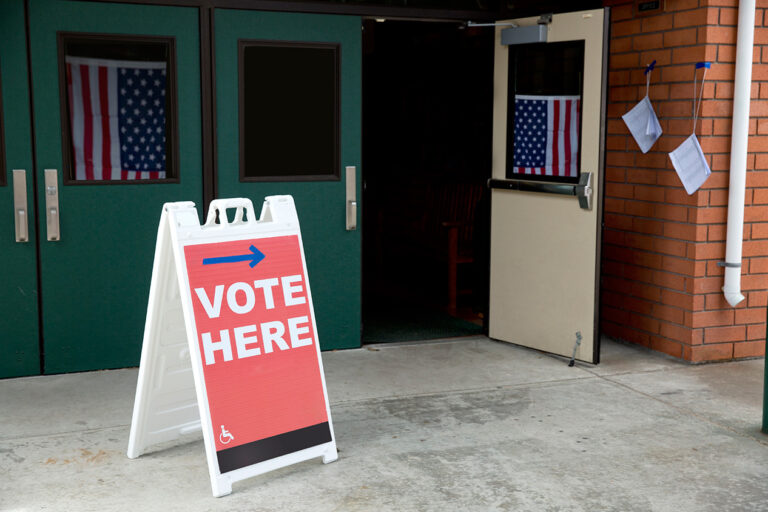In the 2016 election, California’s registration rate rose and turnout climbed. But broader voting trends in the state have been disappointing, with record low turnout in the primary and general elections of 2014. Low turnout has generated wide-ranging concerns about the sources of the problem and potential solutions. The state has adopted a number of reforms, most of which make it easier to register to vote. Other reforms aim to simplify the voting process for those who are registered.
An earlier PPIC report (McGhee and Krimm 2016) showed that California’s voter registration rate has been falling compared with rates in other states. By contrast, California’s voter turnout among those registered has been falling about the same as in other states, and only in midterm elections when no presidential race is on the ballot.
This report identifies possible causes of these trends and suggests policies to address them. One of the report’s key contributions is a statistical analysis that examines the specific effects of a wide range of demographic and other factors, including ethnicity, age, and voter registration history. This allows more precise conclusions about why registration and midterm turnout are falling. The report reaches several conclusions:
- California’s falling registration rate relative to other states is strongly driven by the growing diversity of its population. California’s Latino and Asian American communities have become eligible to vote at faster rates than their counterparts in other states. At the same time, Latinos and Asian Americans register at lower rates than members of other groups, leading to an overall decline in the registration rate compared with states where the eligible voting population is not changing as quickly.
- The registration problem is especially pronounced for Latinos and Asian Americans more closely connected to the immigrant experience, that is, naturalized citizens and children born in the United States to immigrant parents.
- The behavior of young voters largely accounts for California’s declining turnout in midterm elections. Young people have been voting at slightly higher rates in presidential elections and at much lower rates in midterms than voters of the same age did two decades ago.
- No other demographic factors significantly drive declining midterm participation. In particular, California’s expanding Latino and Asian American populations are not a significant part of the falling midterm turnout story. Once registered, the voting patterns of these groups have not changed meaningfully over time.
For both falling registration and midterm turnout, the simplest and most direct solution is to mobilize key groups more aggressively. This effort is neither easy nor quick, but it is vital. Research suggests culturally relevant and embedded communication would be the most effective way to mobilize California’s Latino and Asian American communities. Registration drives should make personal connections within the community and avoid one-size-fits-all messages from the outside. Recent reforms that ease registration should also help, especially the state’s new automated voter registration system. To be sure, lower registration rates also reflect deeper disengagement. Genuine participation cannot be achieved simply by adding people to the voter rolls. To ensure that people vote, aggressive outreach will be essential even after more citizens become registered.
Mobilizing California’s young people is a special problem. First-time young registrants turn out at very high rates but do not continue to vote in subsequent elections. Drop-off voters may be good mobilization targets in midterm elections. This report also shows evidence that vote-by-mail registration helps ensure more consistent participation. California has recently adopted a law that can potentially provide all registrants a vote-by-mail ballot by default. This reform may help raise midterm turnout, but there are still questions about the approach. California is rolling out the new law cautiously, which makes sense given the uncertainties.
Topics
Political Landscape Population

